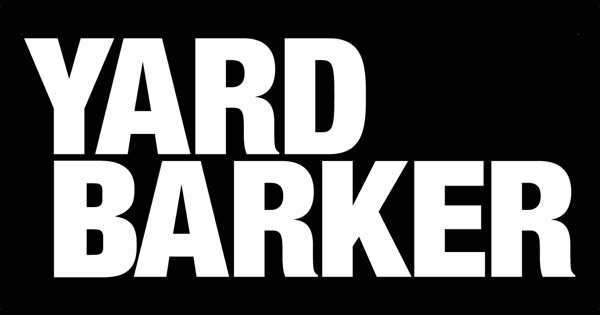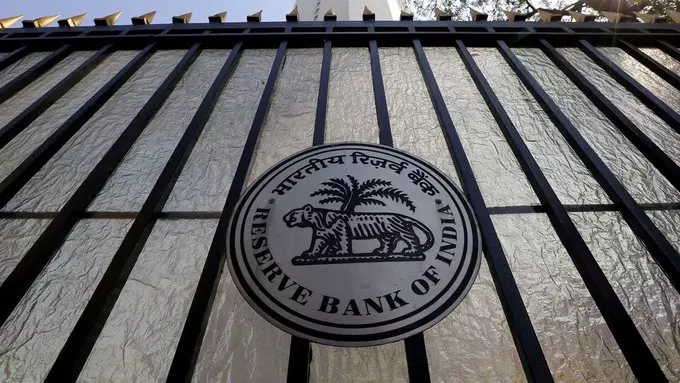
For millions of Americans shopping for homes in today’s market, a $600,000 mortgage isn’t an extravagance. In this landscape, it’s just the reality of buying a home in many major cities or high-cost areas across the nation. Luckily, a recent decline in mortgage rates, which occurred in tandem with the Federal Reserve slashing its benchmark rate last month, has made the cost of homeownership significantly more manageable for many borrowers.
While numerous factors drive mortgage rates, the Fed’s rate decisions can have a big impact on where rates head next. And that’s precisely what occurred when the central bank conducted its first cut of 2025. With that rate cut, the average 30-year fixed mortgage rate fell to 6.13%, down from the 7%-plus territory that dominated much of the past year. This shift marks the lowest point for mortgage rates in three years.
So, if you’re thinking about buying a home soon, taking advantage of this lower-rate landscape could make sense. The mortgage rate drop makes borrowing more affordable, after all, and it does so at a time when stubborn inflation is causing the costs of everyday essentials to rise steadily. But how much would you pay each month on a $600,000 mortgage loan at today’s rates? That’s what we’ll examine below.
Find out how low your mortgage loan interest rate could be now.
What would the monthly payments be on a $600,000 mortgage now that the Fed has cut rates?
At today’s average 6.13% rate for a 30-year fixed mortgage, you’re looking at a monthly principal and interest payment of $3,647.60 on a $600,000 loan. This figure covers only your principal and interest, though. It doesn’t account for the other costs that come with homeownership, like property taxes or private mortgage insurance (if you’re putting down less than 20%), which are typically rolled into your monthly mortgage payment. However, this gives you an idea of the core cost of borrowing $600,000 in this mortgage rate landscape.
Now let’s compare those monthly payments to what they would have been if you’d purchased a home earlier this year. Back in January 2025, when the average 30-year rate was 7.04%, that same $600,000 mortgage loan would have cost you about $4,007.95 per month. That’s a difference of roughly $360 per month, or more than $4,300 annually, which is money that could go toward furnishing your new home, building an emergency fund or simply providing breathing room in your budget.
Comparing today’s rates to those available in late 2024 paints an even more dramatic picture. If you had borrowed $600,000 in October 2024, when the average 30-year mortgage rate was sitting at 7.79%, your payment would have been about $4,315.07 per month. That means buying in the current rate environment would provide savings of about $667 per month, or more than $8,000 per year, compared to late last year.
The savings become even more substantial over the life of the 30-year loan. Choosing today’s 6.13% rate over the 7.04% rate from early 2025 means you’ll pay nearly $130,000 less in total interest over three decades.
Learn how affordable the right mortgage loan could be today.
How much would it cost to refinance a $600,000 mortgage at today’s rates?
Current homeowners carrying higher-rate mortgages could also benefit from this rate environment. If you took out a mortgage when rates averaged above 7%, refinancing now could deliver substantial monthly savings. Here’s what refinancing a $600,000 balance would look like at today’s rates:
A 15-year refinance at 5.98%: This option comes with monthly principal and interest payments of $5,056.66. That’s a higher monthly payment than you’d get with a 30-year loan, as you’re paying off what’s owed in half the time, but you’ll pay dramatically less interest over the life of the loan.
A 30-year refinance at 6.67%: For those prioritizing manageable monthly payments, a 30-year refinance would cost $3,859.74 per month. While refinancing resets your loan term to 30 years, the monthly savings can provide financial flexibility that’s valuable for many households.
Before rushing into a refinance, though, make sure you also consider your closing costs, which typically run between 2% and 5% of the loan amount. On a $600,000 mortgage, that’s $12,000 to $30,000 upfront. Refinancing could still make sense, even with those extra costs, if you can drop your rate substantially, but make sure you do the math and ensure it’s right for your specific financial situation.
The bottom line
The Fed’s rate cut has delivered concrete benefits to mortgage borrowers, with average rates dropping to the lowest level in several years. For a $600,000 mortgage, this means monthly payments that are $360 lower than what borrowers faced at the start of 2025, with long-term savings exceeding $130,000 in interest costs. So, whether you’re a first-time buyer, move-up purchaser or existing homeowner considering a refinance, these improved rates create opportunities worth exploring.
That said, you shouldn’t assume that rates will stay at the current levels indefinitely. Mortgage rates can shift quickly, and with today’s unusual economic conditions, it makes sense to capitalize on rate drops as soon as possible. Otherwise, you could miss out on the savings these dips provide.



